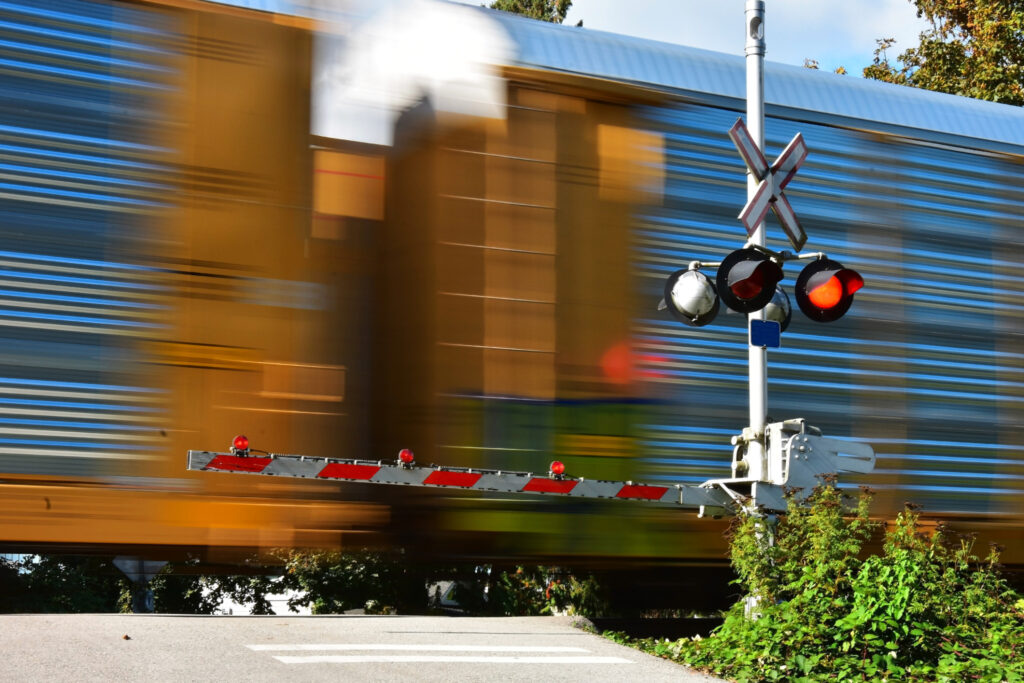Feds delay deadlines for level railway crossing rules
Those responsible for Canada’s level railway crossings will have some extra time to meet updated engineering and safety rules.
Deadlines for higher-risk grade crossings, originally scheduled for this month, will be extended to November 2022, while remaining grade crossings will see deadlines extended by three years. Low-risk crossings will be excluded from the track and maintenance requirements altogether.
There are about 14,000 public and 9,000 private grade crossings along more than 40,000 km of federally regulated tracks in Canada, Transport Canada says.

“The global pandemic has resulted in widespread financial hardship, including for local governments and private owners of grade crossings,” said federal Transport Minister Omar Alghabra, in a related press release. “The final amendments to the Grade Crossings Regulations published today will focus efforts on reducing the risks of preventable accidents at grade crossings while being mindful of economic realities.”
Grade Crossing Regulations highlight safety standards for new and existing crossings, and define the roles of railway companies, road authorities, and private land owners.
According to the Transportation Safety Board, crossing accidents represented one of the most serious types of rail accidents last year, with 19% of them resulting in serious or fatal injuries. But the overall numbers have dropped.
There were 16 fatal crossing accidents in 2020, down from 26 in 2019 and lower than the 10-year annual average of 21.
The 129 crossing accidents in 2020 marked a 28% drop from 2019, and were 24% lower than the 10-year annual average of 180. The 54 accidents at public automated crossings were down from the 10-year annual average of 86. But the 56 accidents at public passive crossings were in line with the 10-year annual average of 57. The 19 accidents at private and farm crossings were 31% below the 10-year annual average of 27.
“Although there are nearly twice as many public passive crossings than public automated crossings, the comparable number of accidents occurring at automated crossings is due, in part, to higher vehicle and train traffic volumes at the automated crossings,” the Transportation Safety Board notes.
Have your say
This is a moderated forum. Comments will no longer be published unless they are accompanied by a first and last name and a verifiable email address. (Today's Trucking will not publish or share the email address.) Profane language and content deemed to be libelous, racist, or threatening in nature will not be published under any circumstances.